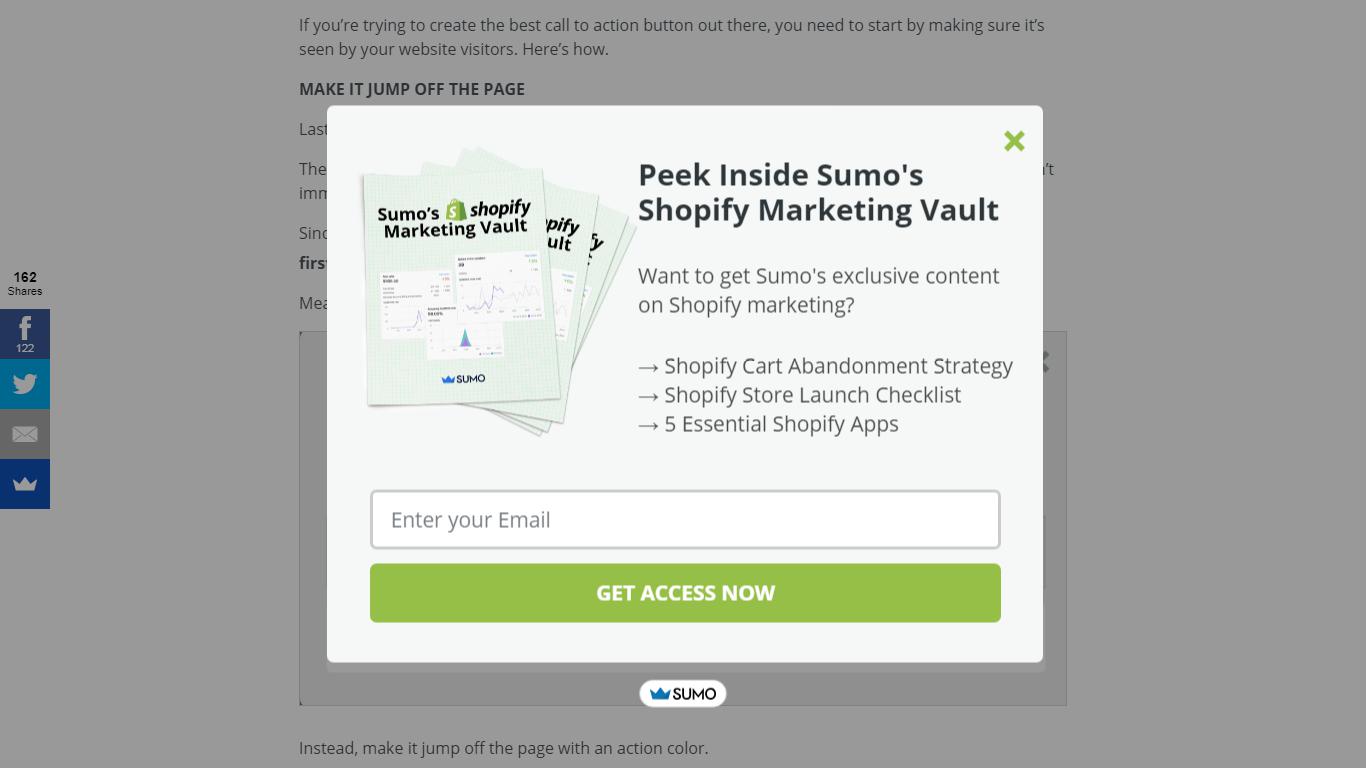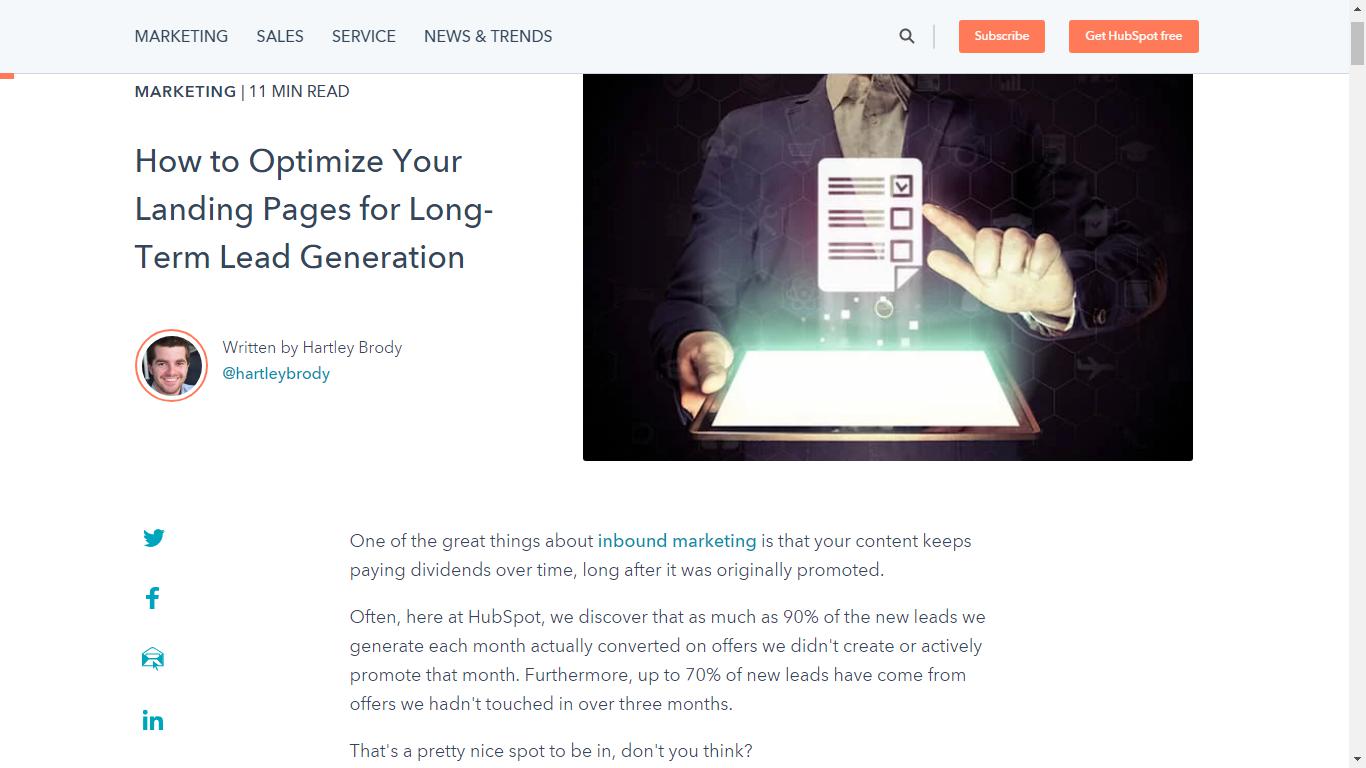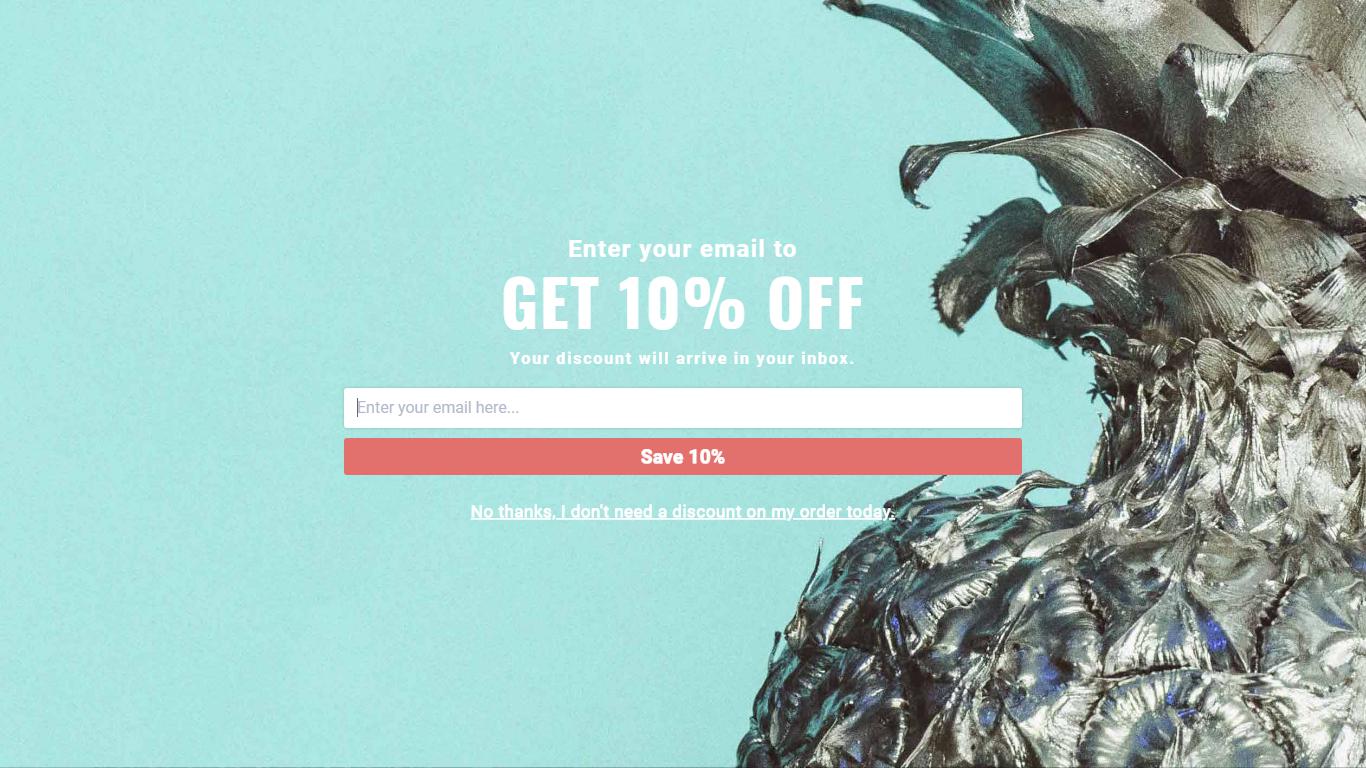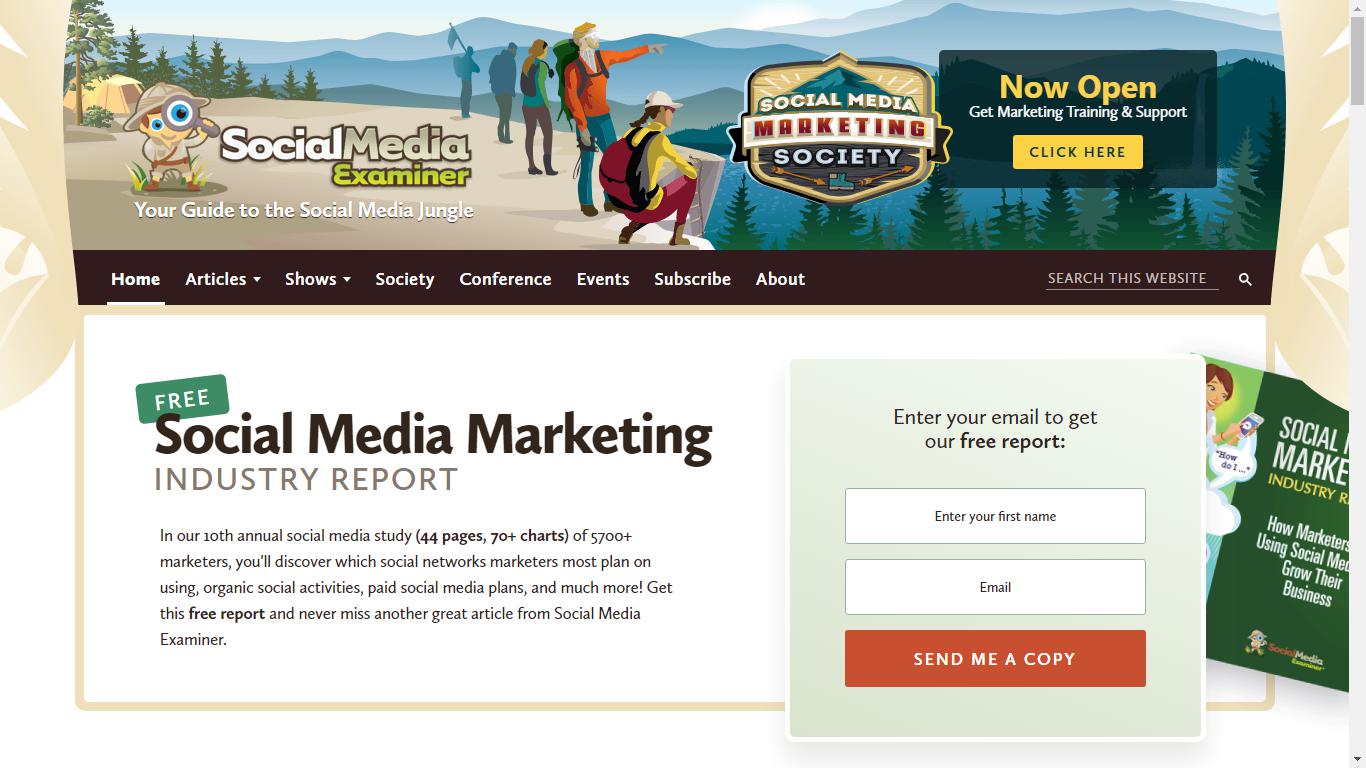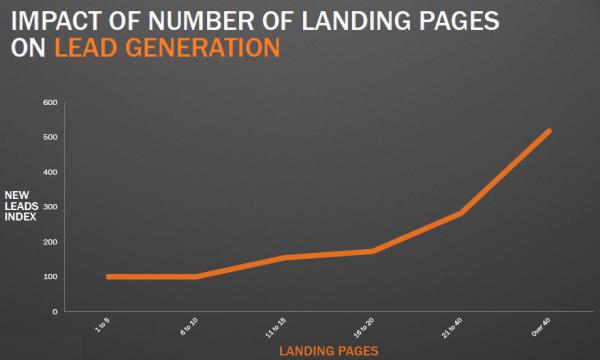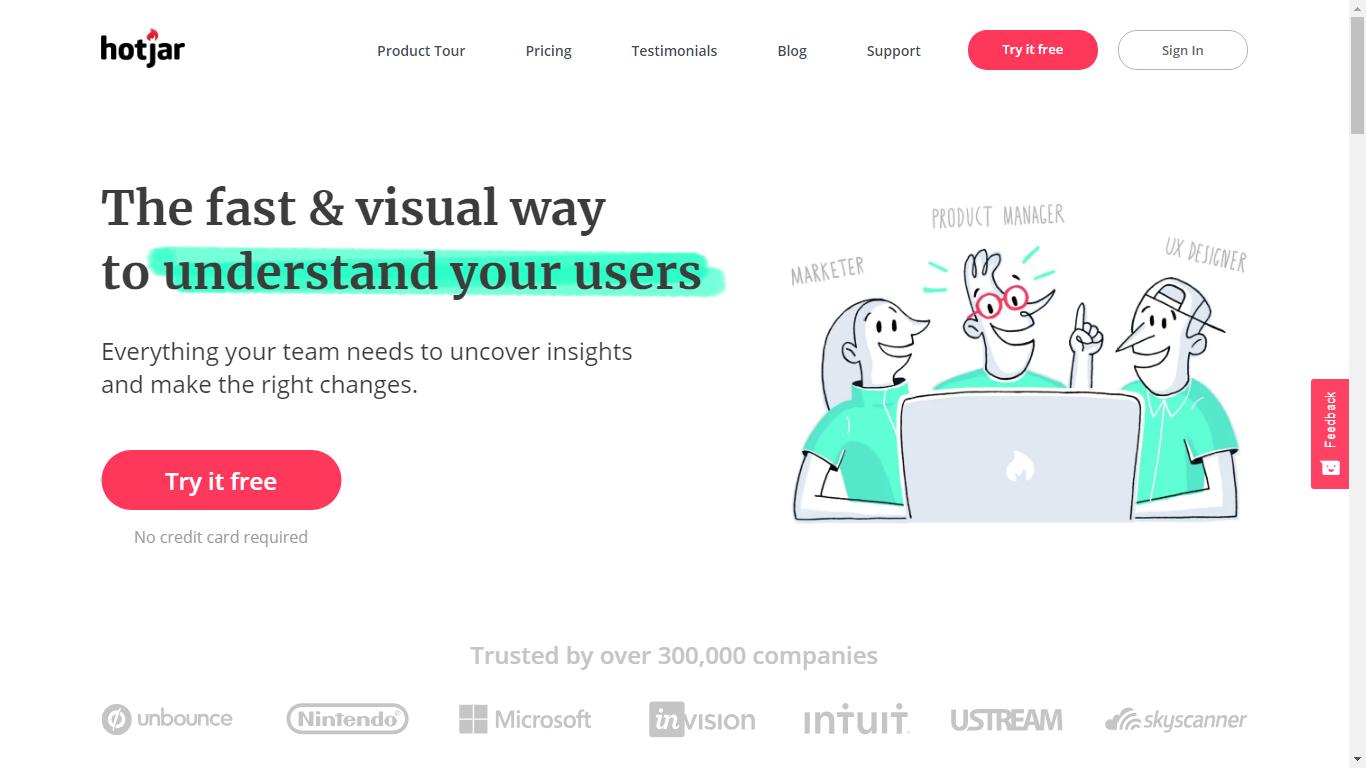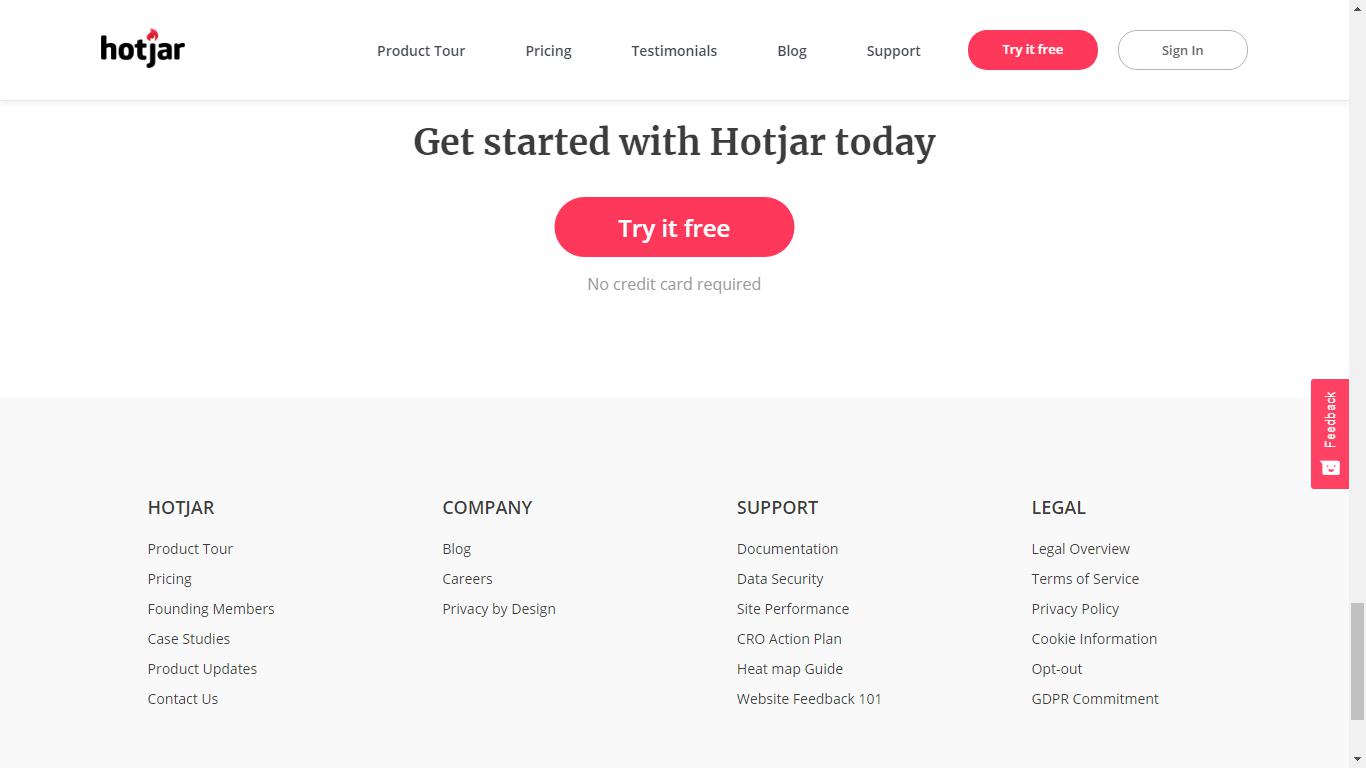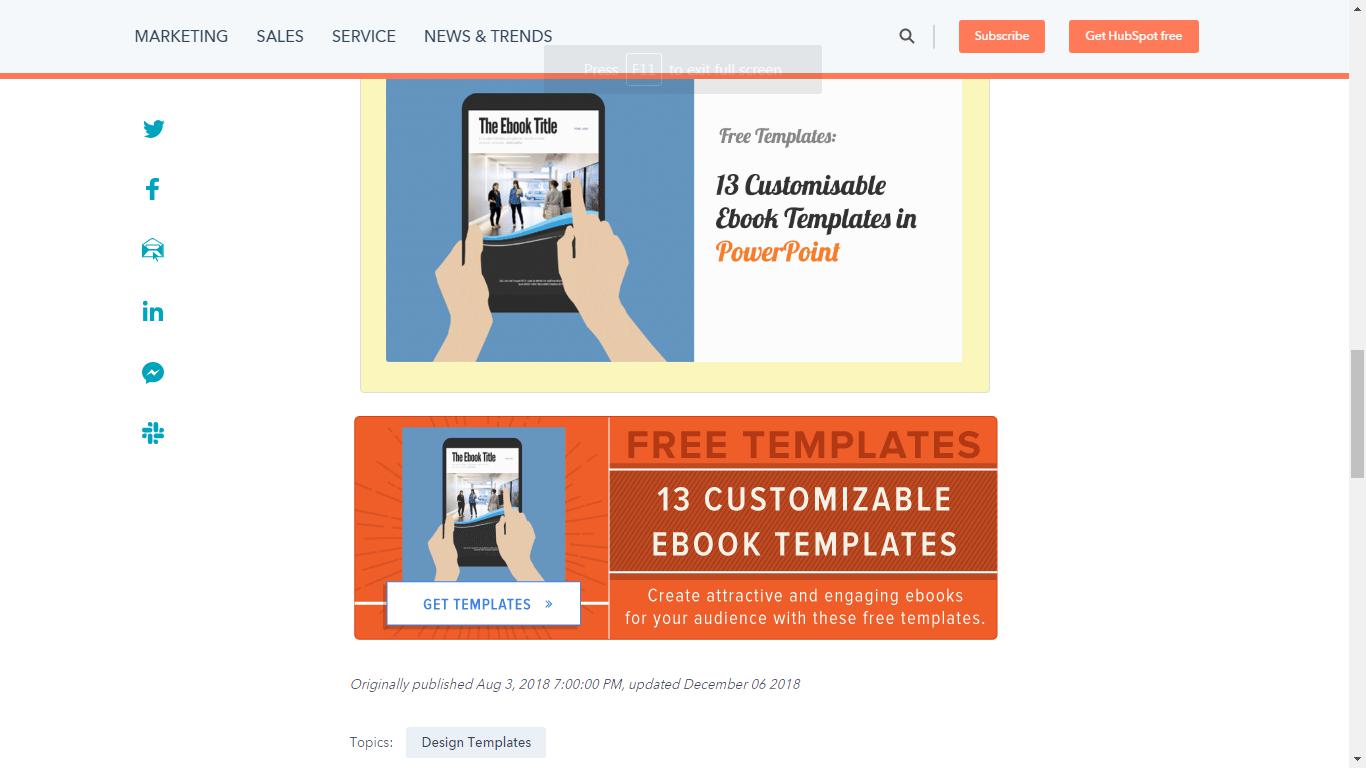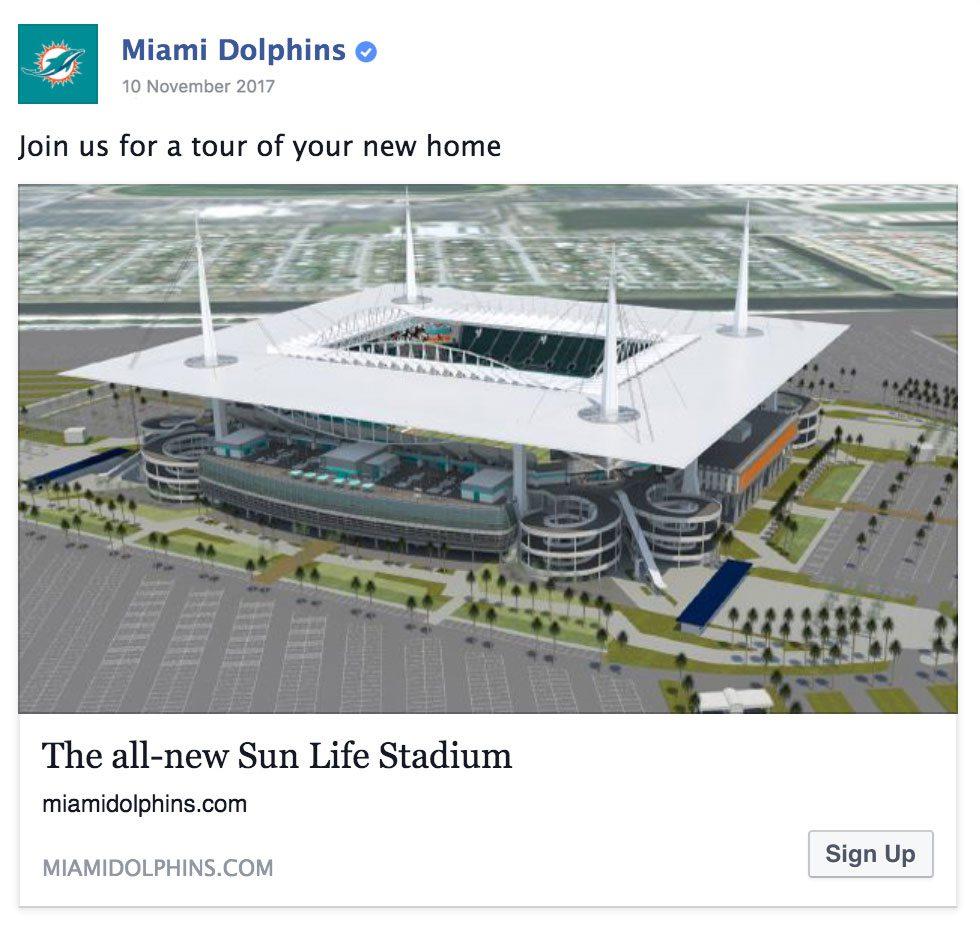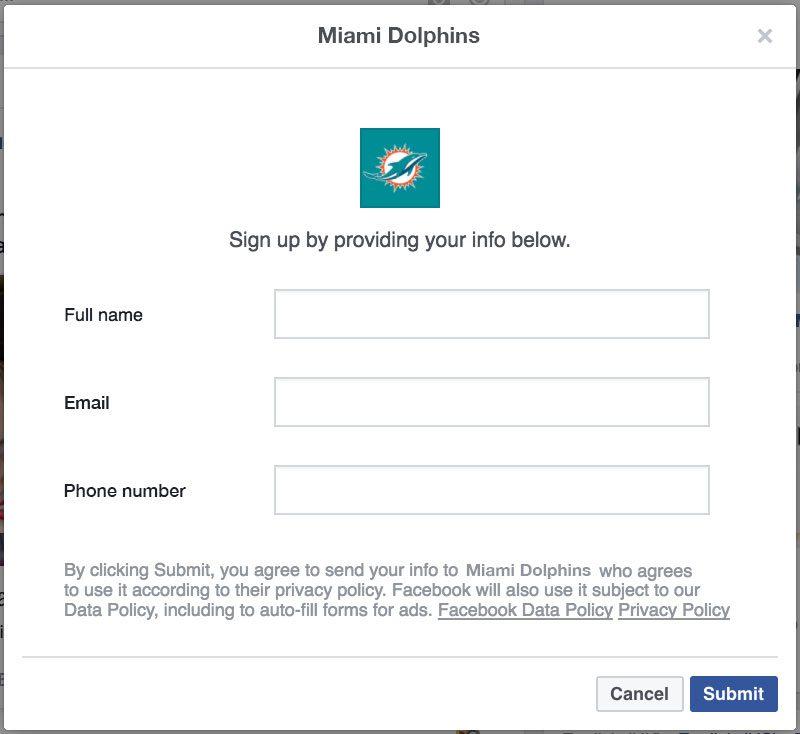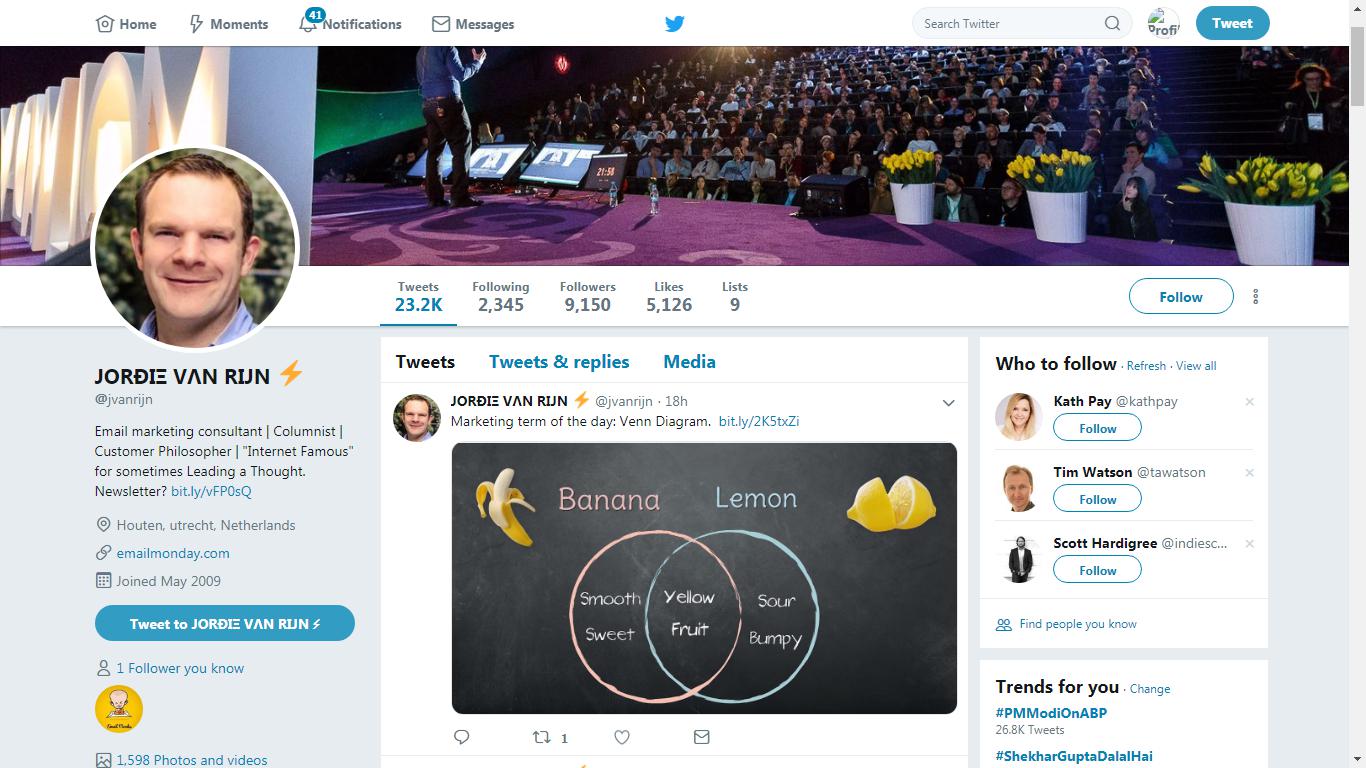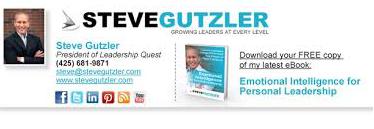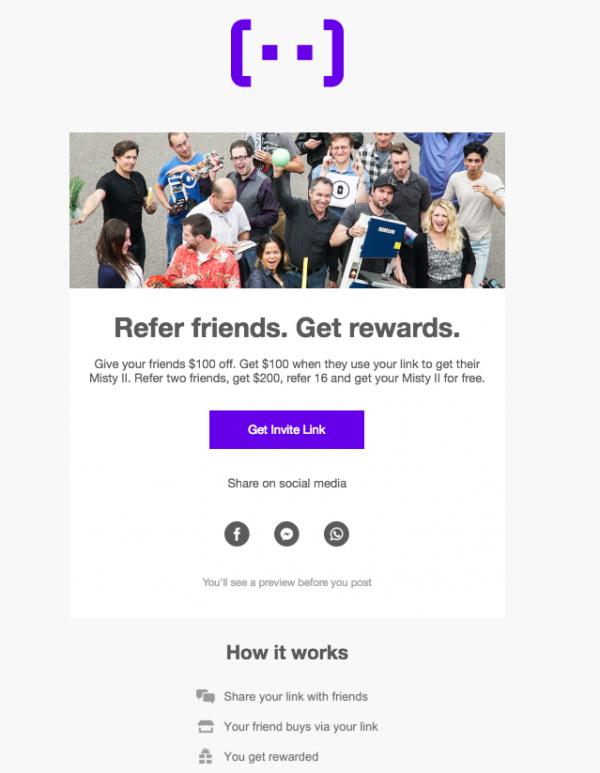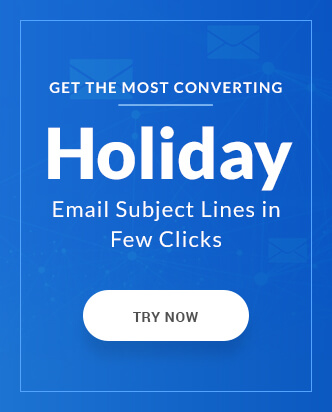Sending an email campaign to your subscribers is similar to talking to them from a podium. The larger are the number of attendees, the larger are the chances of your message to reach more people. Yet, whom you are addressing also matters for the effectiveness of your email campaigns. Talk about the benefits of electric vehicles to an audience gathered to learn more about a nutritional diet won’t gain you any customers. Instead, you may end up losing credibility and being blacklisted (in case of emails, unsubscribe and marked SPAM). Similar to how conferences are arranged for a relevant community, email list should be occasionally weeded for the relevant audience.
This article shall focus on what email list verification is, how it affects email list hygiene, what kinds of emails address should be removed from your mailing lists, & different ways to keep your email list ‘spick and span’.
Email List verification and Importance
Similar to the physical world, an email address points towards a specific inbox that is located in a domain name. In a situation where an incorrect email address is provided, the email is not going to land in the intended inbox and the message is, therefore lost. Additionally, some email addresses in your mailing list may have explicitly declined to be emailed and sending them emails may bring forth their ire.
Email list verification is a method to verify the email address given by a subscriber during the signing-up process is connected to a genuine inbox. Email list verification is like the filter that stops emails to be sent to inboxes where the email should not be sent by weeding them out initially.
How is email list hygiene affected
As soon as the marketing potential was identified in emails, the scope for misuse was needed to be avoided and that lead to the creation of anti-spam laws. Every email address was associated with a dedicated IP address and in order to send emails to bulk recipients, you need to maintain a sender reputation. Any misuse affects the sender reputation and a low sender reputation = ISP ensuring your emails are not delivered to your mailing list.
Sending or, the appropriate term, bombing your subscribers with irrelevant emails would turn them off and they may not prefer to hear from you anymore. In the real world, if you keep on knocking on an abandoned house multiple times, it surely will draw the attention of the police. Similarly, if you keep on sending emails to an abandoned email address, it will draw the attention of the ISP filter suspecting foul email marketing practices and result in lowering sender reputation.
Most ESP (Email Service Provider) charges you for the number of subscribers in your mailing list. So, every email that you send costs you money, so you need to send them to only those who value the information provided in them. So an email sent to an email list with bad hygiene would incur you unnecessary charges.
So in a nutshell, not implementing proper email verification practices results in bad email list hygiene. A bad email list hygiene results in:
- High bounce rate: Since some of the email addresses might be dormant, mistyped or non-existent, any emails you send to them are going to ‘bounce’ away
- High Spam complaints: SPAM is when someone receives an unsolicited email or email that they never subscribed to. So if you do not verify email addresses, you may end up sending emails to those who had already unsubscribed. A Spam complaint then sets the suspicion that the mailing list was a purchased and not built/generated.
- Blacklist: For an email sender that has a lot of SPAM complaints are automatically marked as a fraudulent sender and this diminishes your credibility. A blacklisted sender is no longer allowed to send any emails and any emails that may be sent in the future would be filtered as SPAM complaints. Additionally, the ESP would disable your account as soon as it suspects you of spamming.
- Heavy Fines: As per GDPR and other anti-SPAM laws, if you are caught practicing wrong methods of email marketing, you can be levied heavy fines as high as 4% of your brands yearly revenue.
Types of email addresses you don’t need
Whenever you send an email to a set of email addresses in your mailing list, it is most ISP at the email recipient end verify them against 3 main SPAM traps namely:
Pristine: A list of email addresses that are not opted into receiving any email. Receiving an email on such address is an indication that the sender has purchased the mailing list.
Typo: These are a set of email addresses with misspelled domain name matching any of the well-known email domains such as Gmail, Yahoo, Apple, etc. These email addresses will return hard bounce notification and a drop in your sender reputation.
Recycled: These are a set of email addresses that have been dormant for a long period or abandoned by their users and have been repurposed by the ISP to monitor spamming.
So in order to avoid getting stuck on the above-mentioned SPAM traps, verify &eliminate the following 3 types of email addresses from your mailing list.
- Email addresses dormant for more than 6 months: Mostly common with B2B email addresses where the email owner may no longer be working with the organization and so the email address becomes dormant. If you find no activity from such email addresses for past 6 months, its time to bid them good-bye after an attempt to re-engage.
- Mistyped email addresses: ‘[email protected]’ may look correct in a glance but has a typo. Manually scourging or removing them after a hard bounce is the only way to identify such email addresses.
- Role-based emails: Email addresses such as ‘[email protected]’ or ‘[email protected]’ are created for certain roles and so there may exist a chance that you are not talking to a particular person per se. Avoid sending emails to such email addresses.
How to clean your email list
- Check your sources: The best leads are those that are collected by your efforts, yet sometimes you need to outsource the work to agencies for better execution. This doesn’t mean that you need to trust them blindly, periodically check the lead quality to avoid pitfalls.
- Validate email address at sign up: In order to avoid typos and invalid email addresses being added to your database, eliminate them at the beginning itself. By running email validation as soon as the visitor enters their details, you can prompt them for any human errors.
- Implement double opt-ins: Even if an email address manages to pass the email validation, it doesn’t mean it is a valid one. By asking your subscriber to provide explicit permission for being sent marketing emails by clicking a link in your welcome email, you not only eliminate any dormancy, but you are also steered clear of any GDPR related issues. 2 birds with one stone.
- Re-engagement your dormant one last time: The interest level will deteriorate with time and if you find subscribers that have not opened an email in the past six months, re-engage them. Send them an email that states that they are dormant but can continue to receive emails if they click a link. If that email is also ignored, it is time to bid farewell. It was not meant to be. While this may sound heartless, it is for your best interest.
- Allocate one resource for list scrubbing: Have someone explicitly verify the entries to your mailing list periodically. While this may sound time-consuming, in the long run it is the best practices and provides accountability.
- 3rd Party tools for email list cleaning: Use different tools like BriteVerify, DataValidation, eHygienics, FreshAddress, Impressionwise, LeadSpend, StrikeIron, etc. to scrub out unnecessary email entries. These list hygiene services to ensure a good boost to the email deliverability rate.
Wrapping Up
In the case of email marketing, quality dominates quantity always and so it is better to have a small yet clean mailing list instead of a mailing list infested with thousands of fraud and non-existent email address. Also, periodic email verification can help you maintain the quality throughout your email marketing campaigns.



